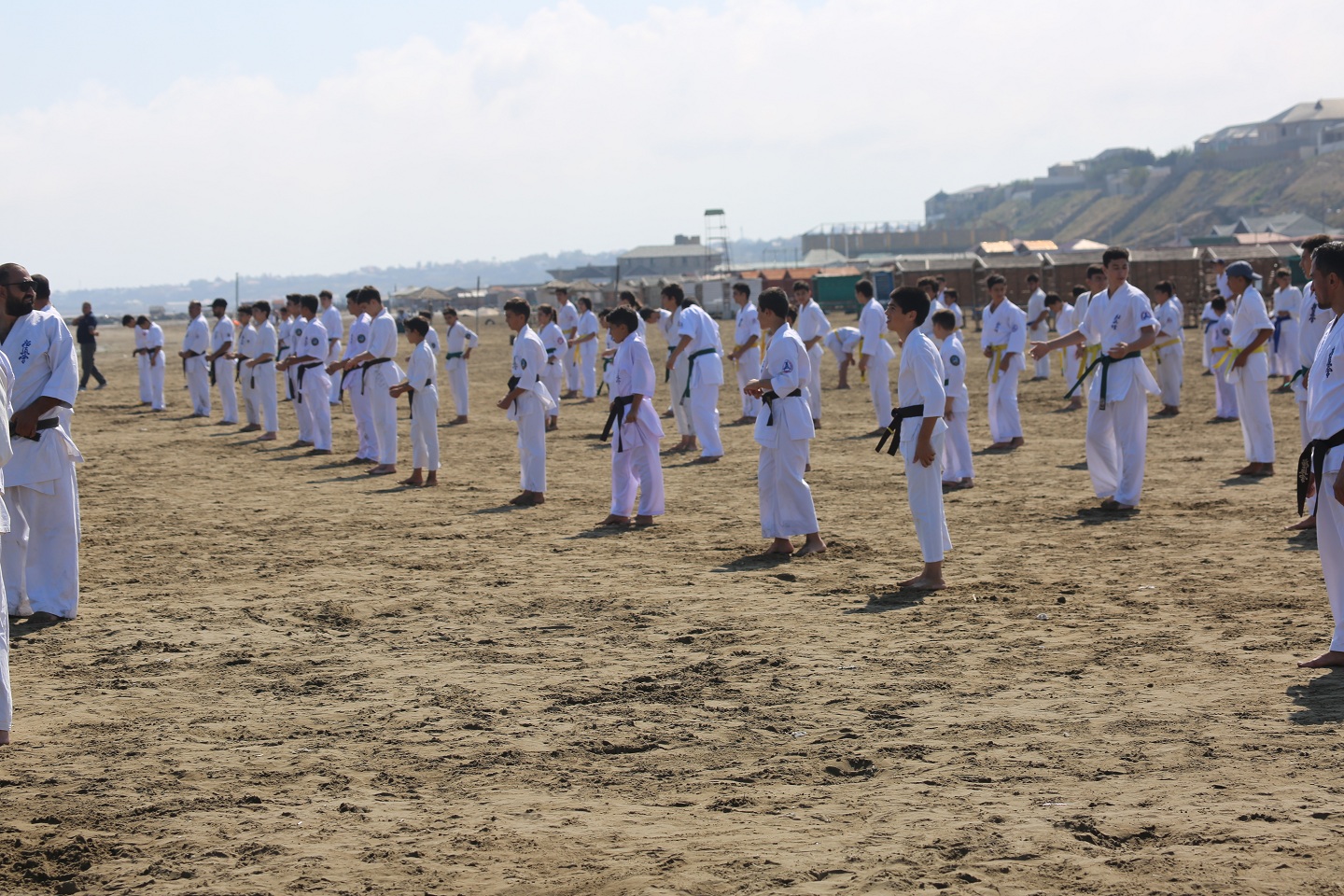There are plenty of myths swirling around martial arts. And I don’t just mean the superstitious variety. I mean misconceptions and mistaken beliefs that have somehow gained status as facts. These are annoying at best. At worst, they keep people away from training in martial arts – people who otherwise would have benefited from everything the martial arts have to offer.
Here are some of the most common myths about martial arts. My hope is that, even if you already know them all, this post gives you insight on how better to debunk these myths for those outside the arts.
1. Martial arts will turn kids into bullies/make violent people more violent.
This, sadly, is one of the most persistent myths about our industry. I’m going to address it in two parts: children and adults.
Kids:
When it comes to kids, parents may be afraid that martial arts will teach their child that fighting is a solution. Or, they think that putting a child who already has aggressive tendencies or behavioral issues into martial arts will worsen the problem. These things could not be further from the truth. Not only do martial arts emphasize non-violent problem solving (except as a last resort), the values they instill in children are all contradictory to bullying. The physical activity also provides an outlet for rowdy children, making it less likely that they will act up elsewhere, like at school or around younger siblings.
Adults:
While some parents worry about their child becoming a bully, some adults hesitate to join martial arts themselves because they assume they’ll be surrounded by bullies. After all, won’t angry, brutish people be drawn to an activity that lets them beat up others for fun?
However, the martial arts training environment is not conducive to rude, manipulative, or aggressive behavior, for three reasons: One: Not all, but many, adults who train in martial arts have grown up in martial arts, and have already been molded by the high moral standards set in dojos. Two: An untrained adult who enters a martial arts school with a bullying attitude will quickly find him or herself at the mercy of better-trained students who are more than able to resist attempts to push them around, as well as coaches who have no tolerance for that kind of behavior.
Three: Because of the positive environment set by martial arts, someone who is rude, or bullying – simply put, a jerk – will be the odd man out. Being the only jerk in a room full of nice (non-pushover, fully-capable-of-breaking-your-arm, zero-tolerance-for-bullying) people, will get old. Most jerks quit on their own.
(Unfortunately, there will always be a few undercover jerks or jerks with a high tolerance for nice people. You’ll find them in every segment of the population: among doctors, engineers, librarians, and, yes, among martial artists. But I’d bet that there are far fewer in dojos than there are in corporate offices!)

2. Martial arts are all about kicking and punching.
This is a weird one, but I’ve still encountered it multiple times. It’s so obviously wrong, and it stems from people who either A) know nothing about martial arts, or B) are looking for the quickest way to dissuade their child from joining (“Judo? Oh, no sweetie, you wouldn’t like that – you’ll get hit in the face.”).
However, there are martial arts that don’t use punches or kicks at all. Judo focuses on takedowns and throws. Brazilian jiu-jitsu focuses on chokes and joint locks. Wrestling is similar, in that the goal is to take down and pin your opponent. In all three, any sort of punch or kick is banned.
On the other end of the spectrum, there are plenty of martial arts that encompass far more kinds of striking than punches and kicks. Muay Thai utilizes elbows and knees, and many Korean, Chinese, and Japanese arts use the knife hand strike – not technically a punch since it’s made with a stiff open hand rather than a fist.
Other martial arts (usually the self-defense-oriented ones) get really crazy about what moves you learn. Forget punches. We’re taking eye gouges, clawing the eyes, biting someone’s face off – that sort of thing.
Read the full article HERE.
By Sarah Lobban / blackbeltmag.com



